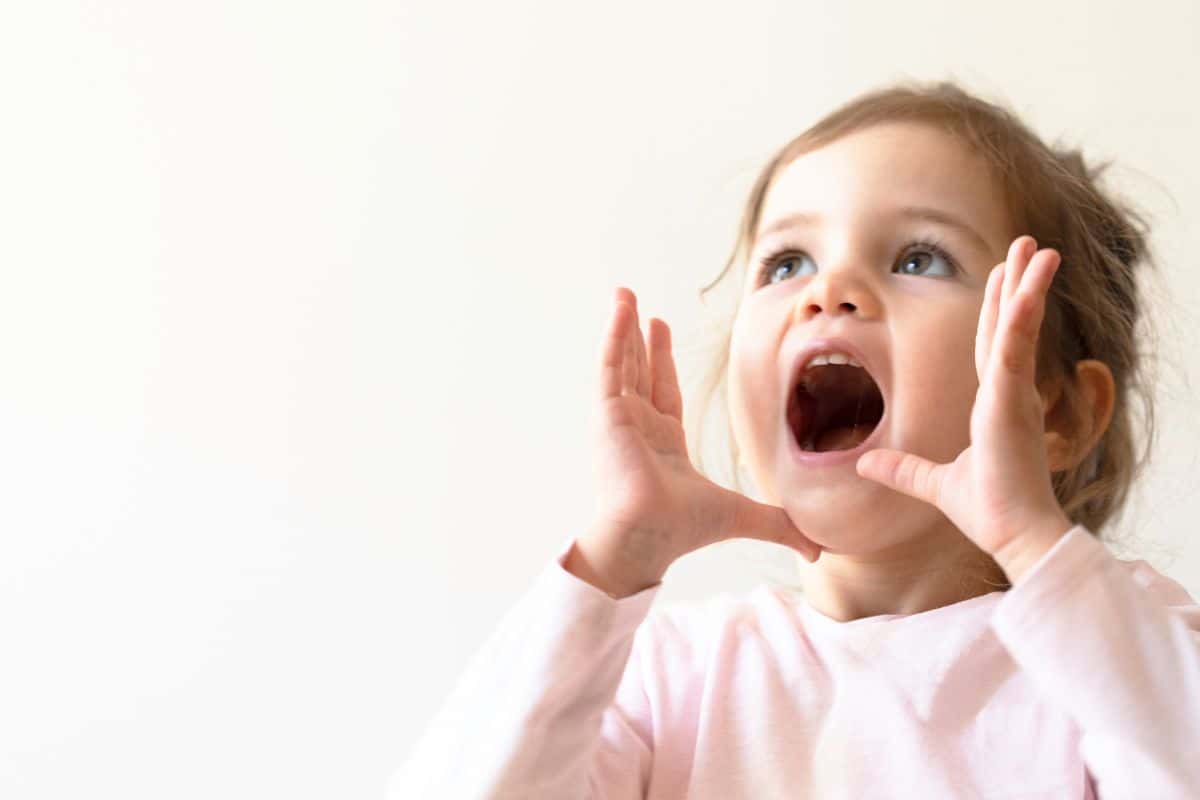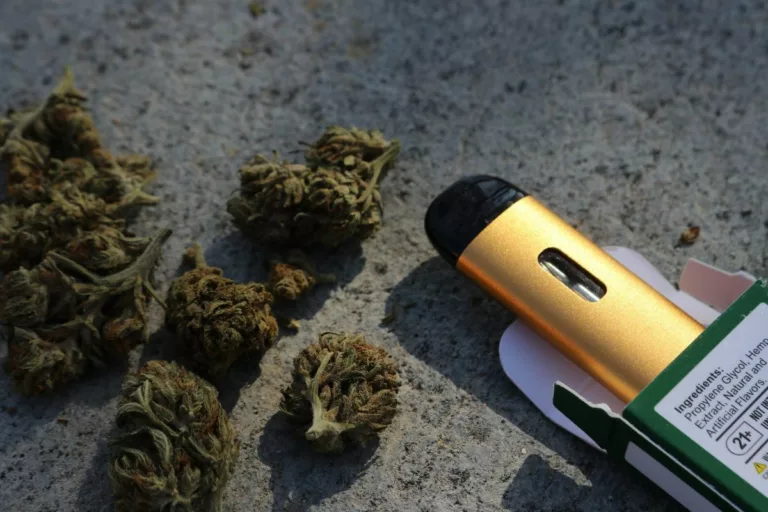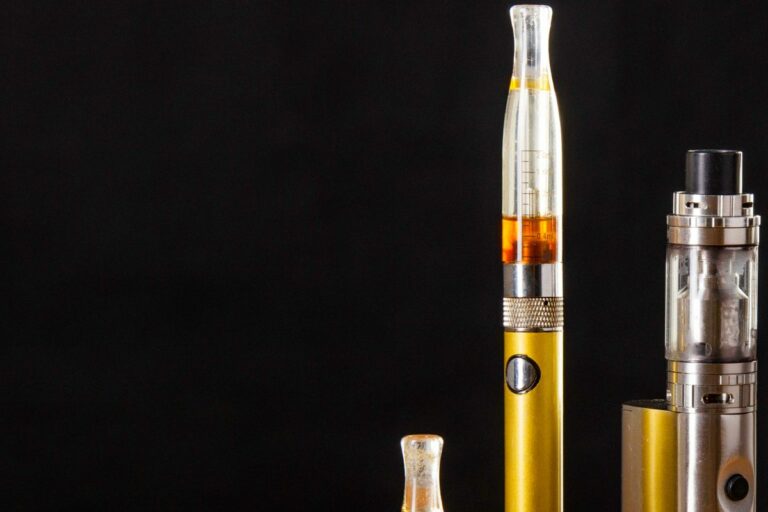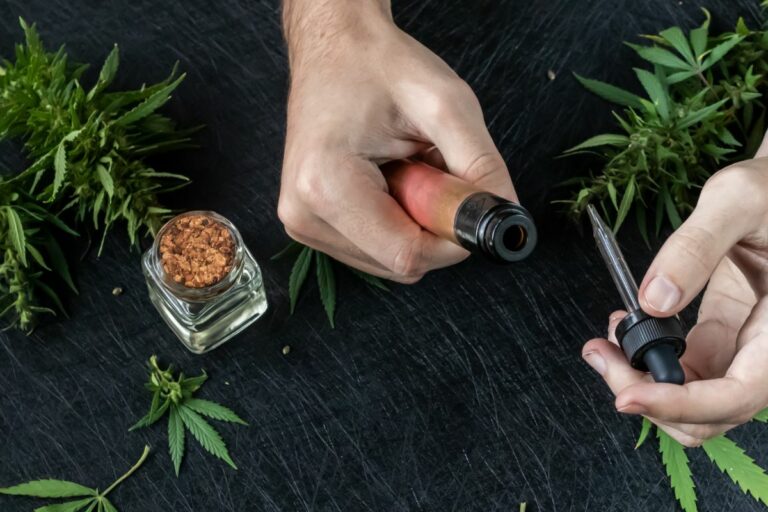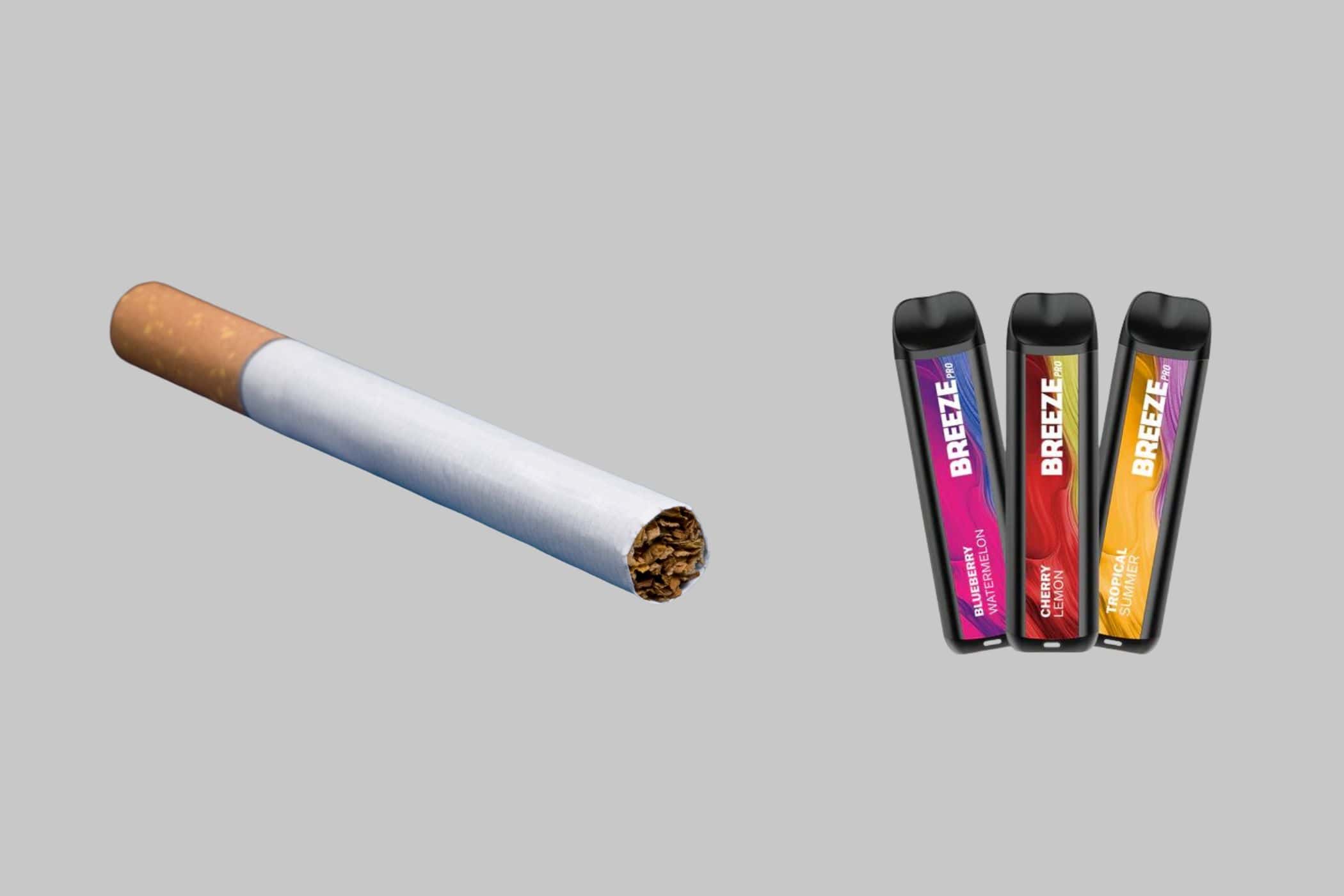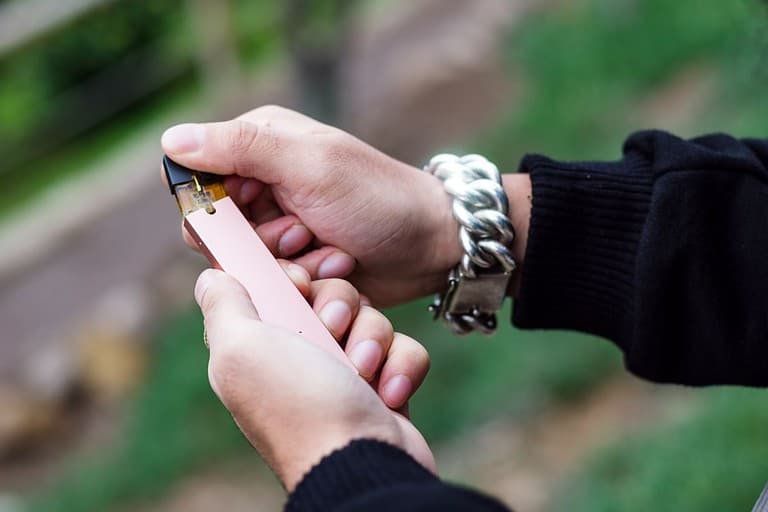My Toddler Inhaled My Vape: Immediate Steps for Parents to Take
If you discover your toddler has inhaled from a vape, it’s crucial to stay calm and act promptly. Vaping devices, which heat a nicotine-containing liquid for inhalation, can pose serious health risks to children if accidentally ingested or inhaled. Immediate concerns should focus on the potential for nicotine poisoning, which can occur rapidly and exhibit symptoms such as increased heart rate, elevated blood pressure, and in severe cases, seizures or respiratory failure.
Your first action should be to assess your child’s condition. Monitor for any signs of distress such as coughing, difficulty breathing, or lethargy. If your child is experiencing any adverse effects, it’s important to seek medical attention right away; this may involve calling emergency services or a poison control center to get specific guidance for your situation.
In situations where the child appears asymptomatic after inhaling from a vape, it still remains crucial to consult with a healthcare professional. Even if no immediate symptoms are present, there could be delayed effects given the varying responses to nicotine and other chemicals present in vaping liquids. Providing full information on what was in the device, such as the concentration of nicotine, can help healthcare providers offer appropriate advice or treatment.
NEW CUSTOMER DISCOUNT
Save 15%
15% OFF YOUR ENTIRE ORDER FOR NEW CUSTOMERS USE CODE WELCOME15!
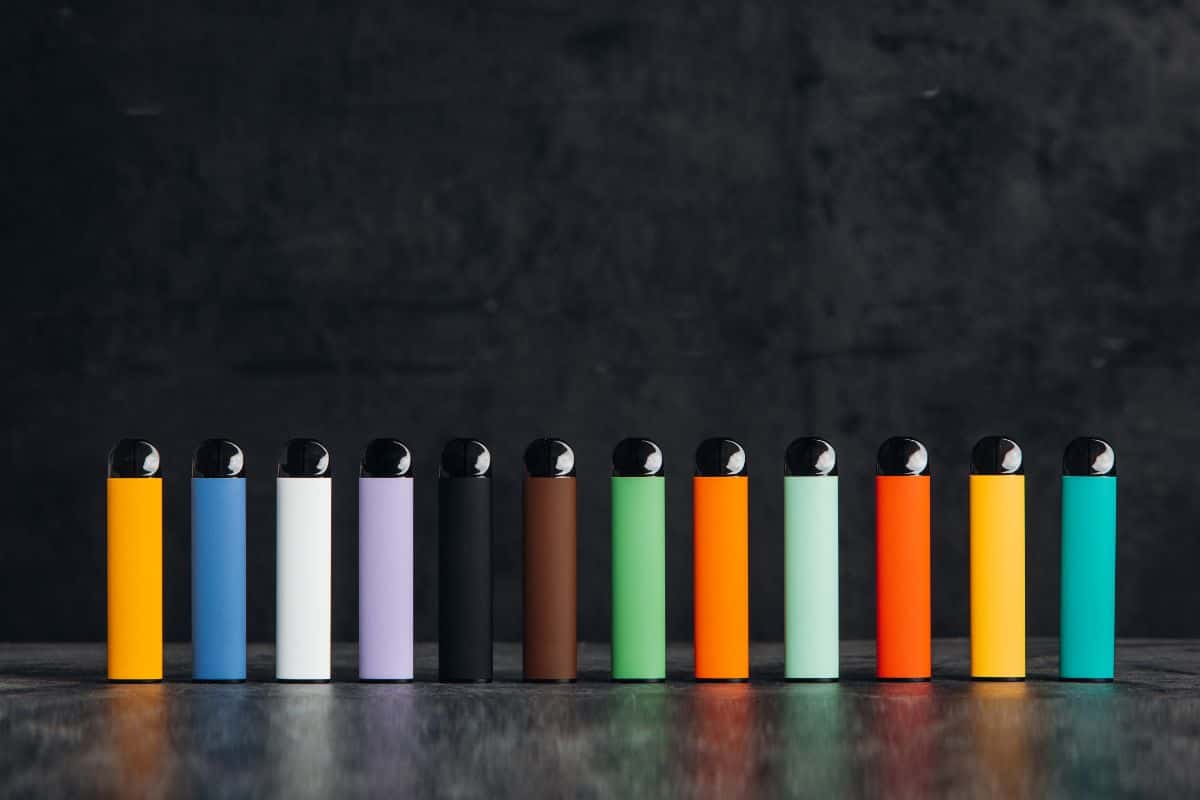
Table of Contents
Understanding the Risks of Vaping Around Toddlers
Vaping around toddlers introduces potential risks as their developing bodies can be sensitive to the chemicals found in vape products. Being aware of these risks is crucial for safeguarding their health.
Toxic Substances in Vape Products
Vape products, including e-cigarettes, contain a variety of substances that are harmful to toddlers. The e-liquid used in these devices is a mixture of nicotine, flavoring agents, and solvents. Liquid nicotine, even in small amounts, can be dangerous if inhaled or ingested by a child. Diacetyl, a chemical used for flavoring, has been linked to serious respiratory problems. Moreover, volatile organic compounds (VOCs) and heavy metals such as lead, which can sometimes contaminate the aerosol produced by vaping devices, may also pose health risks. Vape aerosols also contain ultrafine particles that can be inhaled deeply into the lungs.
Potential Health Effects on Toddlers
Inhaling the aerosol from vaping products can lead to a variety of health issues for toddlers. There is a risk of nicotine poisoning, with symptoms ranging from increased heart rate to seizures. Additionally, exposure can result in respiratory problems like asthma and bronchitis. There’s also a concern for lung damage, as the delicate tissues of a child’s lungs can be irritated by the chemicals in vape juice. Moreover, nicotine’s influence on brain development in young children can result in long-term cognitive and behavioral issues. The risk of nicotine addiction is another critical consideration, as early exposure can lead to increased susceptibility. Furthermore, even secondhand vapor from vaping can be harmful, as it contains many of the same toxins found in the directly inhaled aerosol.
Recognizing the dangers of a toddler inhaling vape and understanding the harmful effects can help you take the necessary steps to protect them from possible serious health problems.
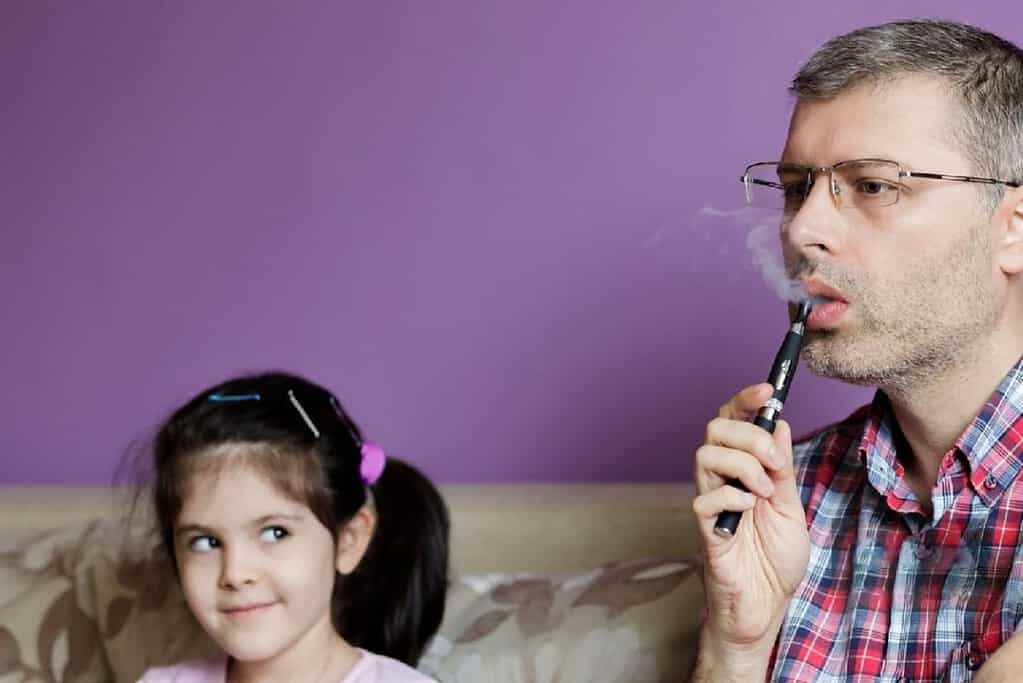
Immediate Response After Inhalation
If your toddler inhales vape, it is crucial to quickly assess their condition, provide reassurance, and take appropriate steps that could include seeking immediate medical attention, depending on the severity of the symptoms.
Assess the Situation and Symptoms
First, evaluate your toddler for signs of distress such as difficulty breathing, coughing, dizziness, confusion, or chest pain. Assess your child’s breathing; if it’s rapid, shallow, or otherwise abnormal, this is a cause for concern.
Calm and Reassurance Techniques
Maintain a calm demeanor to avoid alarming your toddler further. Gently reassure your child, using a soothing voice to help them relax. An anxious child may have more difficulty breathing, so staying composed is key.
Immediate Actions to Take
In the case of respiratory distress or severe symptoms:
| Call 911 or your local emergency services immediately. |
| Move your toddler to an area with fresh air to help alleviate any symptoms caused by inhaling the vape. |
| Do not induce vomiting or give anything by mouth. |
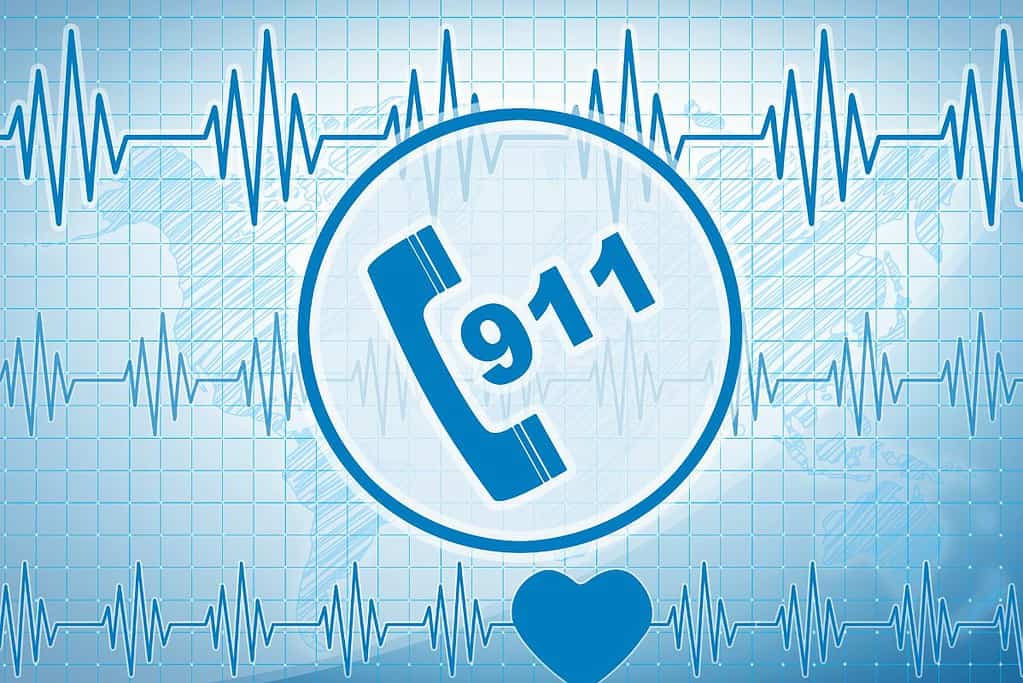
When to Contact Poison Control
If symptoms are mild or if you suspect nicotine poisoning, but your child is not in immediate distress:
- Call the Poison Control Center at 1-800-222-1222.
- Follow their instructions closely.
Monitoring and Medical Intervention
Monitor your child closely for any changes in their condition. If symptoms persist or worsen, seek medical help promptly. Be prepared for potential treatments, such as oxygen therapy or medications, and conditions requiring hospitalization for close monitoring and care from healthcare professionals.
Remember, inhaling vape can cause a variety of serious health issues, especially in young children and toddlers due to their smaller size and developing respiratory systems. Addressing the situation quickly and efficiently is imperative to ensure your child’s safety and well-being.
Long-Term Care and Prevention
When your toddler inhales vape, immediate and long-term actions are critical to protect their health. The following subsections provide guidance on understanding long-term effects, prevention strategies, support resources, establishing a safe environment, and treatment options for nicotine exposure.
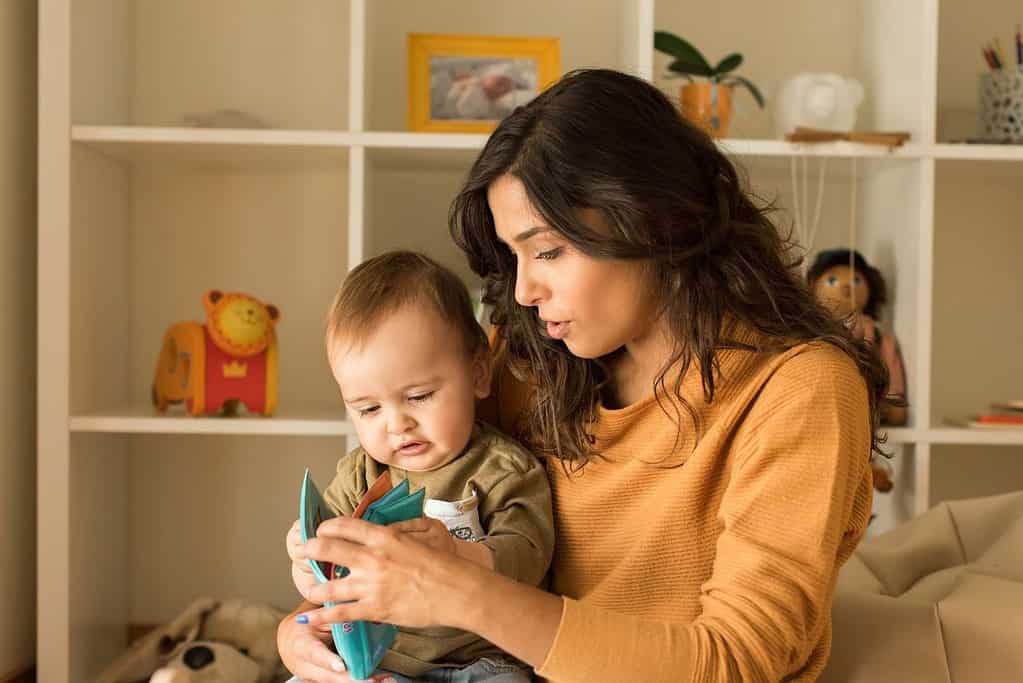
Understanding Long-Term Effects
Vape products contain chemicals that may pose serious health risks to toddlers, potentially affecting lung function and brain development. Nicotine poisoning can manifest in symptoms that require medical attention.
Preventing Future Incidents
To prevent future incidents, keep vaping devices and liquids in a locked cabinet or out of reach. Be cognizant of the potential risks and how a parent who vapes can inadvertently compromise a child’s safety.
Support and Resources for Quitting Vaping
If considering quitting, various resources exist, such as nicotine patches, gum, or support groups. This reduces the chances of your toddler’s exposure and the harmful effects of secondhand vape inhalation.
Ensuring a Safe Home Environment
Increase ventilation in areas where vaping occurs to mitigate the risk of inhalation by your toddler. However, the best preventive measure is to create vape-free zones to ensure well-being.
Treatment Options for Nicotine Exposure
In case of nicotine poisoning, seek medical help immediately. Treatments may include oxygen therapy and specific medications prescribed by healthcare professionals. It’s crucial to have a plan should symptoms manifest after a toddler inhales vape.
Wrapping Up
When faced with a situation where your toddler has inhaled from a vape device, it is crucial to act promptly and efficiently. The first step is to remain calm and carefully observe your toddler for any signs of distress or immediate health concerns.
- If symptoms are present such as coughing, difficulty breathing, or lethargy, seek medical attention immediately.
- Keep the National Poison Control Center (1-800-222-1222) contact info readily accessible for quick advice.
To prevent such incidents:
- Always store your vape device and related items like e-liquids in a safe, child-proof location out of reach and sight.
- Consider applying child-resistant features to your vaping equipment, if not already in place.
- Educate your family members about the risks associated with inhaling and exhaling the substances contained in vapes.
In the event your toddler does inhale from a vape, being informed on the content of the e-liquid can help healthcare professionals provide adequate care. Knowing whether the e-liquid contains nicotine or other substances can dictate the urgency and type of medical response.
Always ensure your vape devices are equipped with functioning safety features and that you adhere strictly to guidelines for keeping these products away from children. Prevention is the most reliable strategy to ensure such events are avoided altogether. Remember, maintaining a vigilant and proactive approach is your best line of defense in protecting your child’s health.
Frequently Asked Questions
When your toddler inhales vape smoke, it’s important to act swiftly and seek professional guidance. Understanding the signs of nicotine poisoning and the impact on your child’s health is crucial for prompt and effective action.
What steps should I take immediately if my toddler inhales vape smoke?
If your toddler inhales vape smoke, remove them from the contaminated area to allow them to breathe fresh air. Immediately call poison control or your healthcare provider for specific advice tailored to your child’s situation.
Are there specific symptoms of nicotine poisoning in toddlers that parents should look for?
Symptoms of nicotine poisoning in toddlers can include nausea, vomiting, increased heart rate, jitteriness, and sweating. If you observe any unusual symptoms after inhalation, seek medical attention promptly.
How does exposure to vape smoke affect a 2-year-old’s health?
Exposure to vape smoke can lead to nicotine poisoning, respiratory issues, and potentially have long-term developmental impacts on a 2-year-old due to their developing brain and body. It’s essential to minimize their exposure and consult with a healthcare professional.
Can a single exposure to vape smoke be harmful to a 1-year-old child?
Even a single exposure to vape smoke can be harmful to a 1-year-old child, as their bodies are more vulnerable to toxins and they have a lower tolerance to nicotine.
What are the risks of a 4-year-old inhaling vape smoke?
The risks for a 4-year-old inhaling vape smoke include acute nicotine toxicity and the potential for respiratory irritation or distress. Additionally, repeated accidental inhalations might lead to more severe health issues.
How should parents address accidental vaping incidents with their children?
Parents should treat accidental vaping incidents seriously by seeking medical advice, ensuring the safety of their child, and then taking preventive measures to avoid future incidents, such as keeping vaping materials out of reach and educating older children about the dangers of vaping products.

